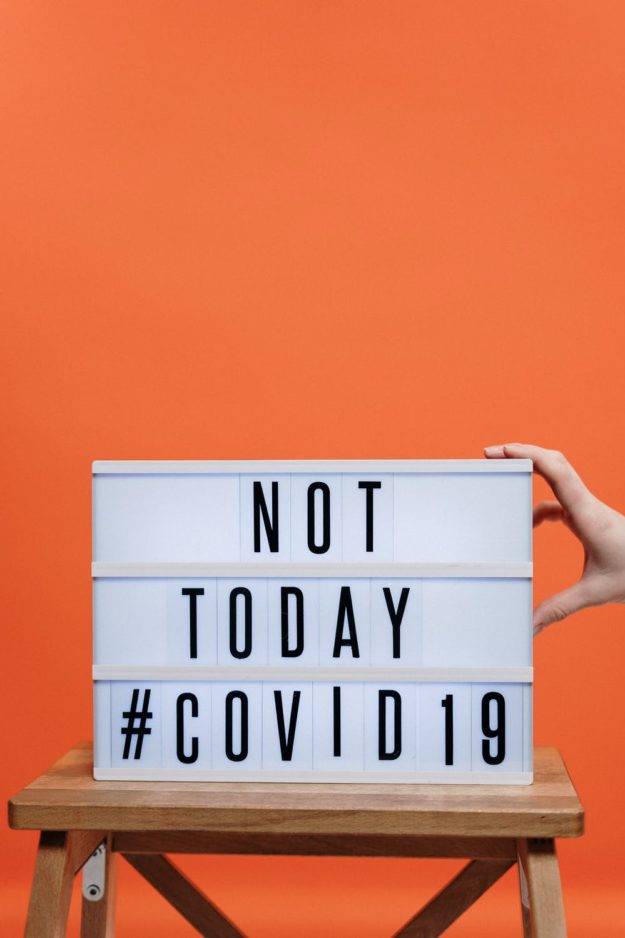 I confess this is something I struggled with in my 30 years as a manager.
I confess this is something I struggled with in my 30 years as a manager.
I had a boss who excelled at pinpointing weaknesses, and I learned a lot from her. [Plus, my mother was pretty good at this too – but we don’t have all day here.]
Ironically, this same boss told me ad infinitum (whenever I wanted to give someone a raise), that money didn’t really motivate people. All sorts of other things mattered more, including work environment.
At the time, I didn’t really believe this. I was constantly advocating for well-deserved raises because I thought it was the best gift I had to offer. And, by golly, it seemed like the right and fair thing to do! She told me resources were limited, and the satisfaction from a raise is fleeting, compared with things like greater authority, autonomy, praise and recognition.
You know what? She was right about what is most meaningful to employees in a workplace.
Because as much as the people who worked for me enjoyed a good raise, they complained a lot more about lack of advancement opportunity, responsibility without authority, a top-down infrastructure, lack of job fit, unrealistically high expectations, shortage of support and an overall stressful work environment.
If money is really bad, of course, it will get in the way. However, it’s worth noting money is only fourth among the top five reasons people cite for leaving a job. In fact, the preponderance of research into the value of money as a motivator notes it is a motivator up to a certain point; once folks reach that level, more money has a negligible impact on their satisfaction.
[Background: I was fortunate during my career not to work at places where folks were expected to buy into the “starvation cycle” mentality and live below minimum wage. Where I worked, people generally were fairly and well-compensated. Sure, they’d likely tell you they wanted more money. But this was not the reason they left.]
“In a nutshell: money does not buy engagement.”
— Tomas Chamorro-Premuzic, author, Why Do So Many Incompetent Men Become Leaders? (and How to Fix It)
Employee engagement is a product of overall work environment (culture) and specific management support (feedback, praise and recognition).
Begin with an Engaging Work Environment
A huge part of what employees will describe as “work environment” has to do with meaningful engagement, or lack thereof. And there are two ways to promote this engagement:
- Develop a broad, organizational culture of philanthropy [See here, here, here and here.]
- Develop a feedback system incorporating authentic praise, recognition and focus on strengths, not weaknesses.
I talk a lot about the former. Today I’d like to hone in on the latter.
Because… for engagement to stick, the two types must go hand-in-hand.
In fact, research reveals




 You are if your modus operandi is fire fighter.
You are if your modus operandi is fire fighter.
 If you’ve never read management and marketing guru
If you’ve never read management and marketing guru 

 You are known by the company you keep.
You are known by the company you keep.
 Have you ever received confoundingly terrible customer service? Maybe at a restaurant, hotel, fast food restaurant or retail outlet? It happens all the time and, likely, you’ve thought to yourself: “Why on earth are they treating me like this? It’s so stupid! Don’t they realize I’ll never come here again?”
Have you ever received confoundingly terrible customer service? Maybe at a restaurant, hotel, fast food restaurant or retail outlet? It happens all the time and, likely, you’ve thought to yourself: “Why on earth are they treating me like this? It’s so stupid! Don’t they realize I’ll never come here again?”
 Did you ever wonder if there is a foolproof way to communicate with donors?
Did you ever wonder if there is a foolproof way to communicate with donors? Annual reports don’t have to be dry as dust. In fact, the most effective ones are not financial reports; they’re a story with the donor at the center. And they inspire action.
Annual reports don’t have to be dry as dust. In fact, the most effective ones are not financial reports; they’re a story with the donor at the center. And they inspire action.
 Fundamentals are important! Before writing your appeal, it’s good to remind yourself of the basics to make sure you’ve got all bases covered. Look at the elements you want to include; make sure you’re applying them. In this two-part series, I’m calling out eight appeal writing fundamentals. In
Fundamentals are important! Before writing your appeal, it’s good to remind yourself of the basics to make sure you’ve got all bases covered. Look at the elements you want to include; make sure you’re applying them. In this two-part series, I’m calling out eight appeal writing fundamentals. In 


 I confess this is something I struggled with in my 30 years as a manager.
I confess this is something I struggled with in my 30 years as a manager.




 TRUTH BOMB:
TRUTH BOMB:



 Trust defines the credibility and legitimacy not only of your organization, but of the entire social benefit sector. Yet too few organizations make the effort to operationalize this construct into their fundraising and marketing planning.
Trust defines the credibility and legitimacy not only of your organization, but of the entire social benefit sector. Yet too few organizations make the effort to operationalize this construct into their fundraising and marketing planning.
 You’ve no doubt become familiar by now with the term “
You’ve no doubt become familiar by now with the term “
 The Lilly Family School of Philanthropy projects total giving will grow by an estimated 4.1% in 2021. So you can’t use the pandemic as an excuse for raising less money in the year ahead.
The Lilly Family School of Philanthropy projects total giving will grow by an estimated 4.1% in 2021. So you can’t use the pandemic as an excuse for raising less money in the year ahead.


 Everyone is saying it.
Everyone is saying it.
 Last week I shared a number of real-life examples from innovative nonprofits taking creative steps to connect meaningfully to their supporters during these trying times. While staying connected, some organizations are succeeding in stepping up both their marketing and fundraising communications to the next level.
Last week I shared a number of real-life examples from innovative nonprofits taking creative steps to connect meaningfully to their supporters during these trying times. While staying connected, some organizations are succeeding in stepping up both their marketing and fundraising communications to the next level.
 There’s a lot about fundraising folks take for granted. And not in a good way. Because… much of it is untrue!
There’s a lot about fundraising folks take for granted. And not in a good way. Because… much of it is untrue!














